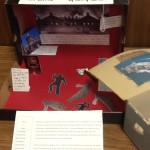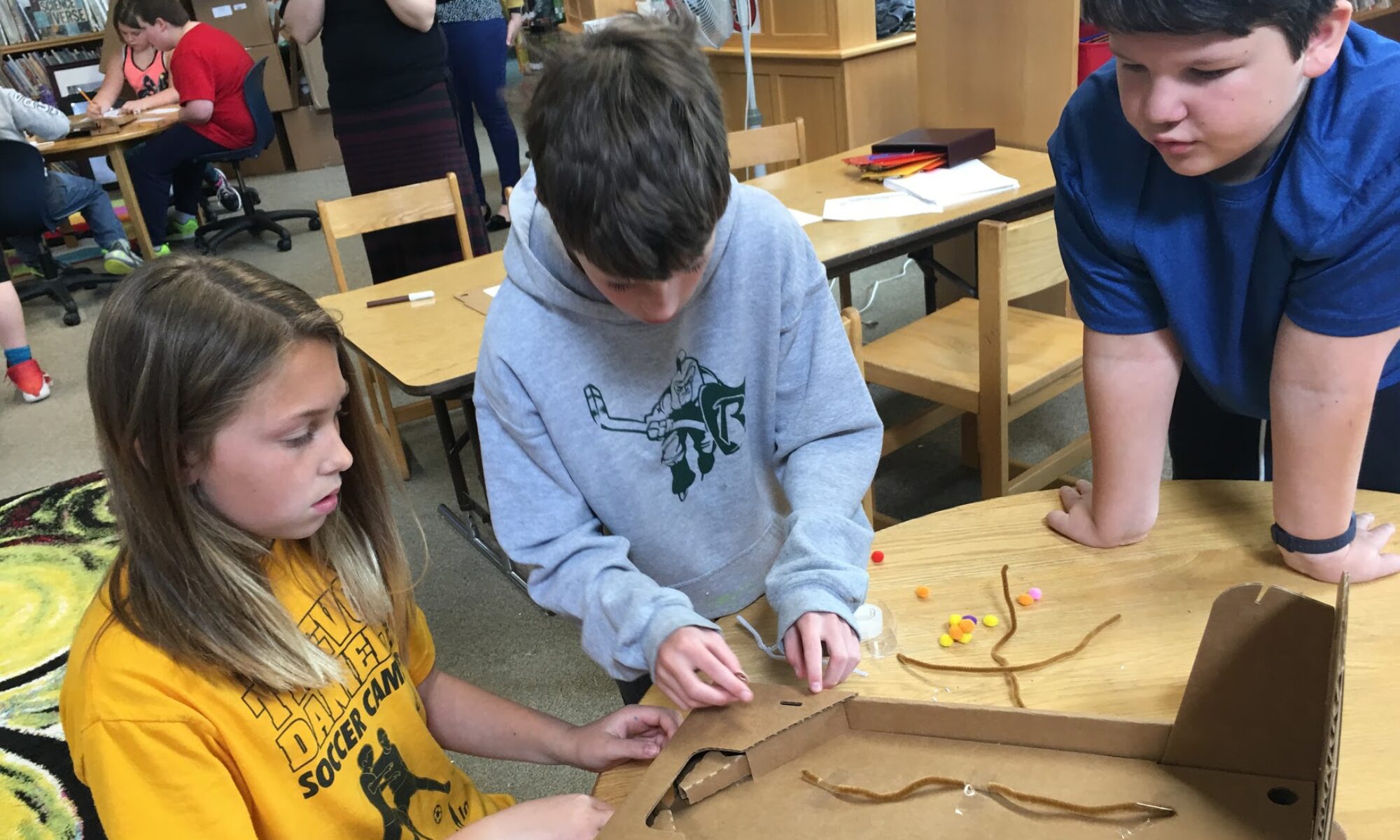Emergent Project approach works wonders in middle school
 An unexpected highlight of my days at the 2015 AMLE Conference in Columbus, Ohio was hearing from young Ohio teacher Noah Waspe. He and his advisors, Sue Griebling and Patti Bills at Northern Kentucky University presented their preliminary research findings about the use of a project approach investigation in his sixth grade classroom.
An unexpected highlight of my days at the 2015 AMLE Conference in Columbus, Ohio was hearing from young Ohio teacher Noah Waspe. He and his advisors, Sue Griebling and Patti Bills at Northern Kentucky University presented their preliminary research findings about the use of a project approach investigation in his sixth grade classroom.
What is the Emergent Project Approach?
Waspe and Griebling shared the two year development of a emergent project approach in a middle school classroom. Their model is based on the three-phased project approach of Katz and Chard (1989). This project approach is typically implemented in early childhood education settings, but Waspe and Griebling made some accommodations for it to work in the middle grades.
Here’s what it looks like for early childhood learners.

Adjusting the Approach for middle school
Griebling and Waspe adjusted the early childhood approach to suit adolescent learners.
- Phase I: Emerging Ideas from Authentic Inquiry
- Phase II: The Investigation
- Phase III: Preparing Final Artifacts
You can see how the approach is easily suitable to the developmental needs of young adolescents. Curriculum in this approach is challenging, exploratory, integrative, and relevant.
These sixth graders explored a range of topics, all stemming from field sites for the students to visit in their Ohio town. One student, Kevin, was particularly taken with a trip to the old county jail. When he returned, Kevin immediately became fascinated with folks who may have inhabited a cell in this jail — so he decided to research the history of crime in Lebanon, Ohio.
Both this process and this product is impressive. The teacher had a critical role in the success; Waspe took the initiative to meet his students’ needs, he engaged in ongoing assessment of his own methods, and he was motivated to expand his own professional knowledge. All very essential habits of effective teaching.
As he talked about his experimentation with the emergent project approach, it struck me how closely this matched our ideals in Vermont around personalized learning. The Emergent Project Approach could fit nicely into our personalized landscape.


Tailoring the Emergent Project approach for middle school https://t.co/aThlErKvLm https://t.co/YmObzLEf3a
RT @innovativeEd: Tailoring the Emergent Project approach for middle school https://t.co/aThlErKvLm https://t.co/YmObzLEf3a
Tailoring the Emergent Project approach for middle school https://t.co/3yx3Gw7mor via @innovativeEd
RT @innovativeEd: Tailoring the Emergent Project approach for middle school https://t.co/aThlErKvLm https://t.co/YmObzLEf3a
Tailoring the Emergent Project approach for middle school https://t.co/x0LUlpmj6O via @innovativeEd
Tailoring the Emergent Project approach for middle school https://t.co/MN75ekFk0M via @innovativeEd @misterw
RT @innovativeEd: Tailoring the Emergent Project approach for middle school https://t.co/aThlErKvLm https://t.co/YmObzLEf3a
RT @VTEducare: Tailoring the Emergent Project approach for middle school https://t.co/MN75ekFk0M via @innovativeEd @misterw